Eurasian watermilfoil
Image Credit: Allison Fox, University of Florida
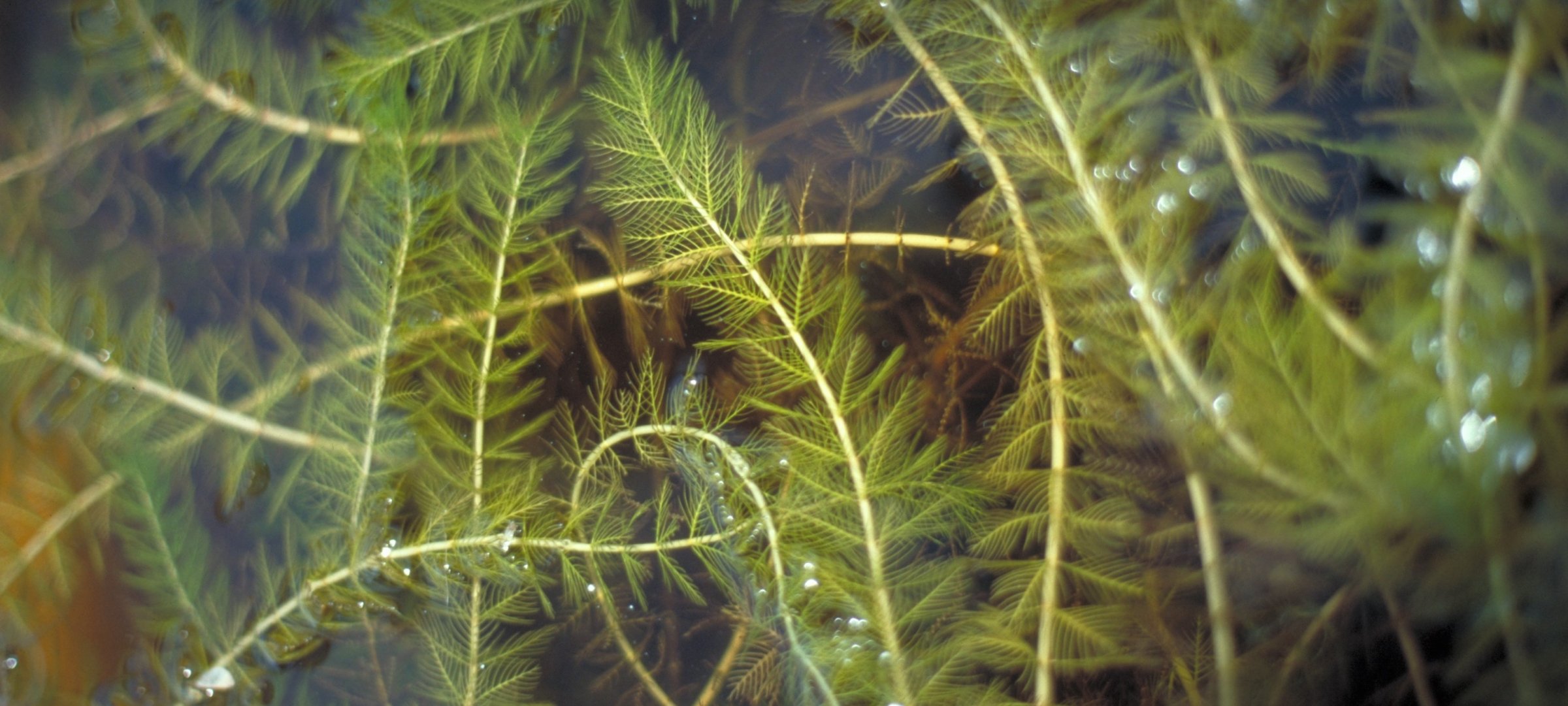
Eurasian watermilfoil
Image Credit: Allison Fox, University of Florida
Eurasian watermilfoil, a submerged aquatic in the Haloragaceae family, is an invasive that prefers stagnant to slow-moving water. It can be easy to misidentify native milfoil species as invasive due to their close resemblance to their Eurasian counterparts. So, some of the key characteristics you should look for when suspecting Eurasian watermilfoil (EWM) lie within the plant's leaves:
Note: As mentioned, EWM prefers stagnant to slow moving water, thus you’ll often find it invading ponds, lakes, and/or slow moving streams.
For more information visit Midwest Invasive Species Information Network (MISIN).
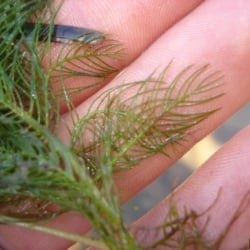
Feather-like leaves of Eurasian watermilfoil
Image credit: Graves Lovell, Alabama Department of Conservation and Natural Resources
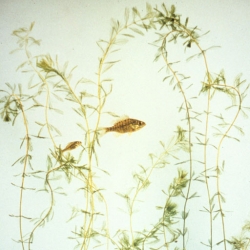
A view of EWM underwater
Image credit: Robert Johnson, Cornell University
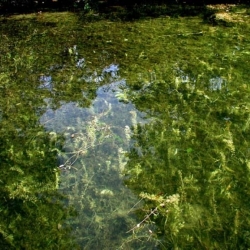
A dense mat of EWM
Image credit: Leslie J. Mehrhoff
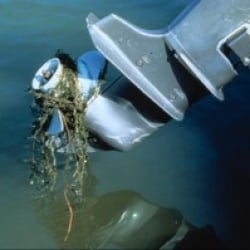
EWM can easily hitch-hike on watercraft
Image credit: Tip of the Mitt Watershed Council
Unfortunately, Eurasian watermilfoil is already established within the Keweenaw and the majority of the continental United States. It has been detected within the Keweenaw waterway, and cases have even been reported on Isle Royale. Management of EWM is heavily dependent on early detection and prevention because once it takes hold of a site, it can be incredibly difficult to eradicate. New colonies often appear near boat landings or other disturbed sites, and hand pulling or raking is an effective way to remove these smaller patches. However, once a body of water is taken over by EWM, not much can be done outside of widespread chemical treatment or bottom screening, both of which require permits and can damage native species. In order to prevent these infestations, make sure to follow these state mandated steps when traveling between waterways in the Keweenaw:
Note: Eurasian watermilfoil can spread via fragments, so even one small stem fragment can take root and form a whole new colony. It is crucial that all plant matter is removed before you travel from waterway to waterway.